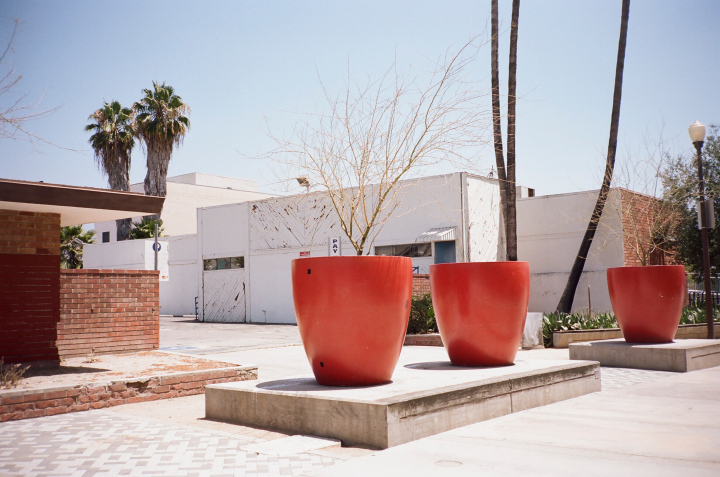Education Technology Specialist, Digital Teaching and Learning, Kwasi Boyd-Bouldin was one of 12 photographers included in Time magazine’s Lightbox feature.
From the article:
For Black History Month, LightBox gathered a panel of experts—from major artists such as Carrie Mae Weems to curators such as Azu Nwagbogu and educators like John Edwin Mason—and asked them to each nominate one under-the-radar, exciting African American photographer. By no means a definitive list of panelists or nominees (for that, check out TIME’s “100 Photos” project), this is instead a personal and subjective tribute to the thriving field of contemporary African American photography.
While some artists such as Joshua Rashaad McFadden make use of archival material, others like Jasmine Murrell incorporate sculpture, while Gerald Cyrus’ work is firmly documentary in nature and Shamayim’s is clearly fashion-based.
The nominators include Awol Erizku, artist; Azu Nwagbogu, director African Artists’ Foundation; Carrie Mae Weems, artist; Deborah Willis, chair of the Department of Photography & Imaging at the Tisch School of the Arts at New York University; Derrick Adams, artist; Jamel Shabazz, artist; John Edwin Mason, Associate Professor at University of Virginia; Rujeko Hockley, Assistant Curator of Contemporary Art at Brooklyn Museum; Kalia Brooks, Adjunct Professor in the Photography and Imaging Department in the Tisch School of the Arts at New York University; and the staff of The Studio Museum in Harlem.
Kwasi Boyd-Bouldin
Year and City of Birth: 1977, New York, NY
“For the last decade, Kwasi Boyd-Bouldin has been documenting what he calls ‘the desolate beauty of the urban landscape’ in Los Angeles. His images often incorporate wide vistas and washed-out colors, evoking high noon on a summer’s day. These deceptively simple photographs invite viewers to linger and decipher their meanings. At first they seem to be concerned only with the ways in which photographs can play with form, color, line, and mass. Cumulatively, however, they reveal Boyd-Bouldin’s interest in the city’s unending transformations and their power to shape the lives of its citizens, especially the poor and marginalized.” — John Edwin Mason, Associate Professor at University of Virginia









